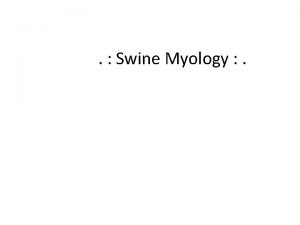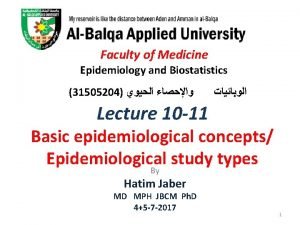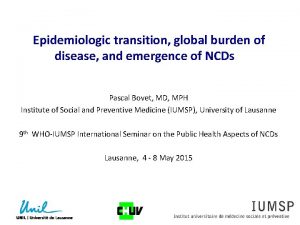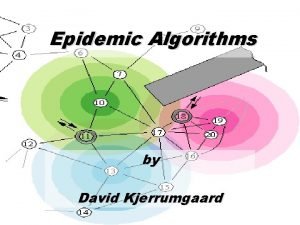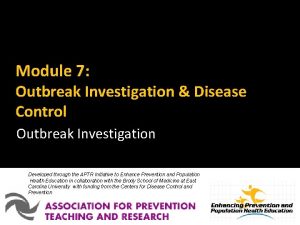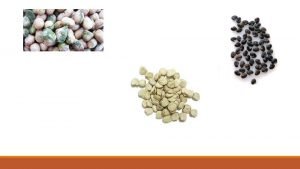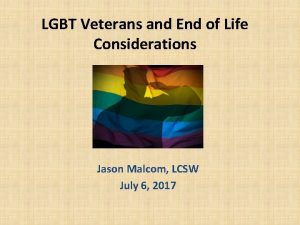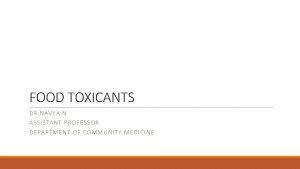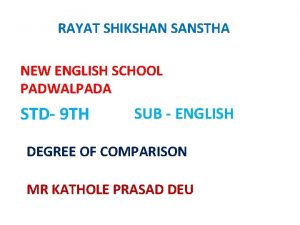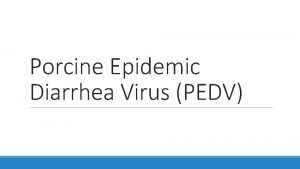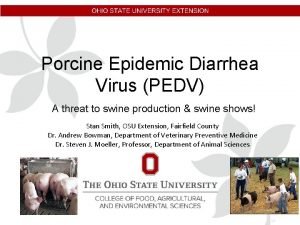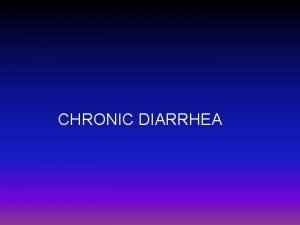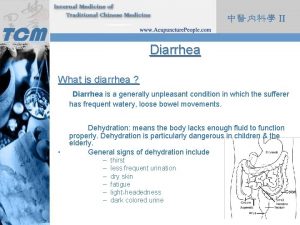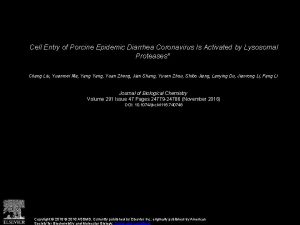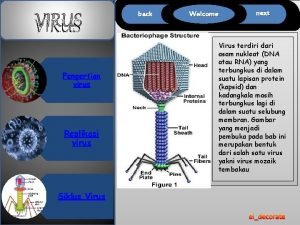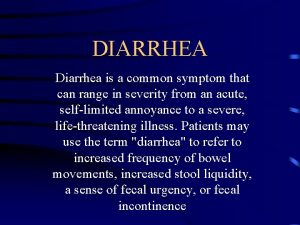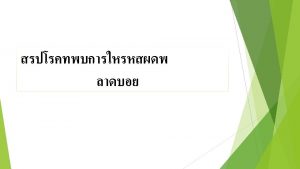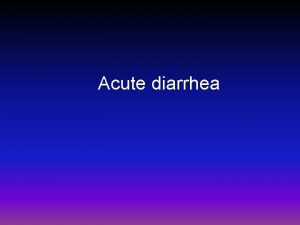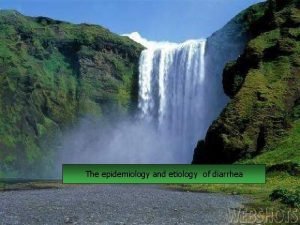Porcine Epidemic Diarrhea Virus PEDV Acknowledgement United States












- Slides: 12

Porcine Epidemic Diarrhea Virus (PEDV)

Acknowledgement United States Department of Agriculture Funding Proposal Title: A Human Behavioral Approach to Reducing the Impact of Livestock Pest or Disease Incursions of Socioeconomic Importance Work is in progress The USDA is not responsible for the content of this presentation.

Learning from the PEDV Crisis Plan for today’s presentation: 1. 2. 3. 4. 5. 6. Lessons Learned from PEDV Mega Crises and Self-Organization Acknowledging Vulnerability Enhancing risk communication and crisis planning networks for all parties Pertinent messages for biosecurity Generalizing to for similar diseases.

Lessons Learned from PEDV The introduction of porcine epidemic diarrhea virus (PEDV) into the United States in 2013 has caused harm to the pork industry in many ways. There is one potential upside -- the industry has pulled together like never before to find a solution to this costly disease.

New or Exotic Diseases can Reach the Mega Crisis Stage Mega Crises bear the same features of a crisis, but at a greater magnitude. They bring unprecedented levels of destruction, uncertainty, urgency, and defy boundaries and linear consequences (Helsloot et al. , 2012). The pork industry in the United States is a $23. 4 billion industry that provides 547, 800 jobs among the 67, 000 producers across the country (Pork Facts, 2014).

Crises and the Self-Organization Process Chaos theory: systems (organizations) act in random, non-linear ways and behavior is only observable, not predictable. ◦ But systems do not stay in chaos forever and eventually achieve new norms through self-organization Crises create a sense of commonality and community… shared values, needs, goals. Etc. become more salient in the face of a crisis (Seeger, 2002) Self-organization is based largely on the exchange of information. Organizational members need both access to information and the freedom to interpret that information (Liska et al. , 2012) How do we get 547, 800 people to buy into the process of self-organization to achieve necessary goals?

Acknowledge Vulnerability From a practical standpoint, producers, exhibitors, livestock haulers and anyone handling pigs or coming on to a farm must practice strict biosecurity to help protect against the spread of PEDV: ◦ ◦ ◦ ◦ Farm employees Feed distributors Animal Haulers Introduction of new animals to a farm Veterinarians Farm visitors and many more. . .

How can risk communication (pre-crisis planning) best address this diverse audience? Knowing the critical control points and plan ahead Having communication networks in place. Accept uncertainty Provide suggestions for self-protection

The Goal Create Guidelines for a “Clean Crossing” • PPE • Proper disposal • Washing supplies • Decontamination of truck, trailer, etc.

Protective Actions

Ultimate Goal: Self-Organization Among all Parties to Generalize PEDv lessons to other crises

Conclusions ◦ A PEDV outbreak in the swine population has the potential to create a mega crisis for the pork industry with major consequences for the food system ◦ 2013 outbreak has increased risk salience and united industry in a common goal ◦ Self organization builds on commonality and community to bring together all parties to achieve new norms ◦ Self-organization is essential for buy-in from a diverse group of people all of whom constitute critical control points ◦ Creating pre-crisis networks for effective information dissemination is key ◦ Messages for self-protection are critical
 Mature porcine female
Mature porcine female Pig anatomy
Pig anatomy Endemic epidemic
Endemic epidemic Doctors attributed the epidemic to the rampant
Doctors attributed the epidemic to the rampant Epidemiologic transition
Epidemiologic transition Epidemic broadcast trees
Epidemic broadcast trees Endemic epidemic
Endemic epidemic Toxinq
Toxinq Aids epidemic
Aids epidemic Gondhli millet
Gondhli millet Earth latitude and longitude map
Earth latitude and longitude map Battling over clayoquot big trees worksheet answers
Battling over clayoquot big trees worksheet answers The united states is the greatest buyer positive degree
The united states is the greatest buyer positive degree

